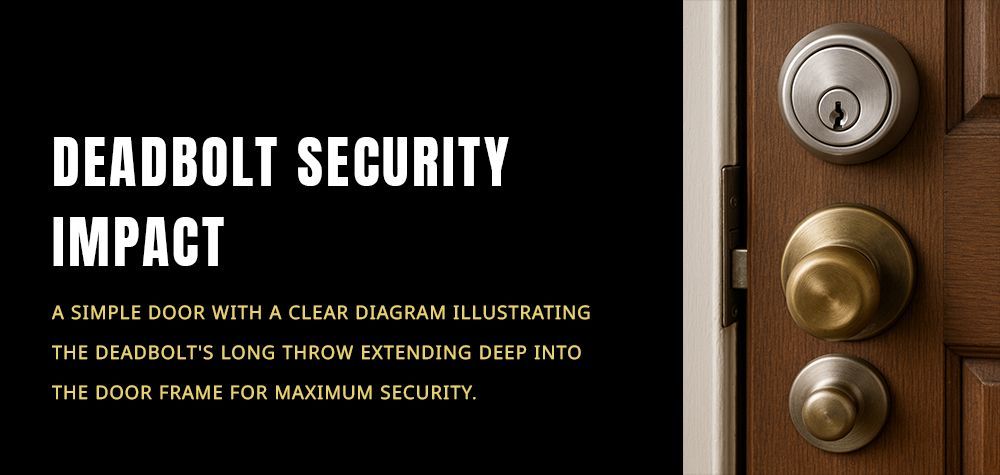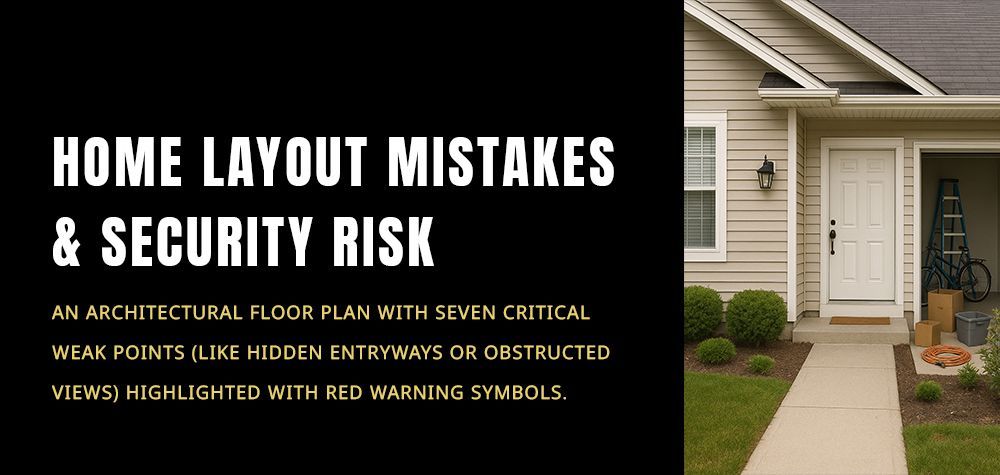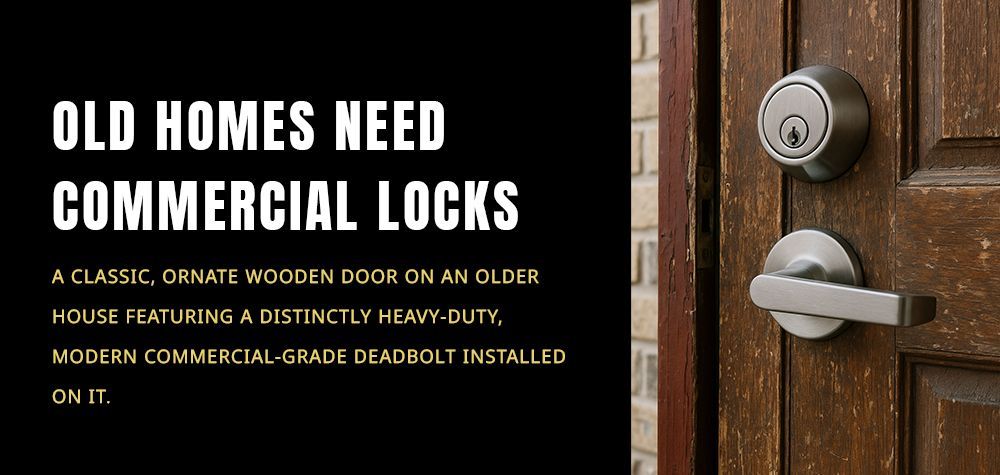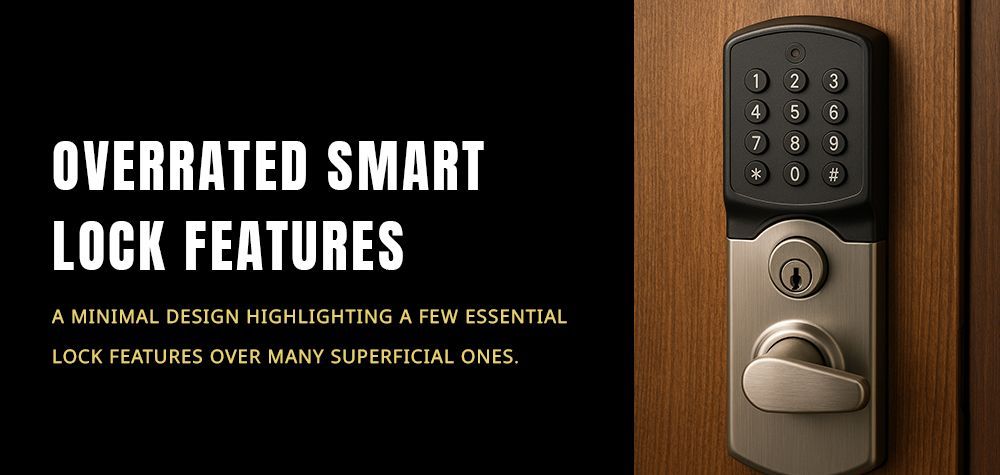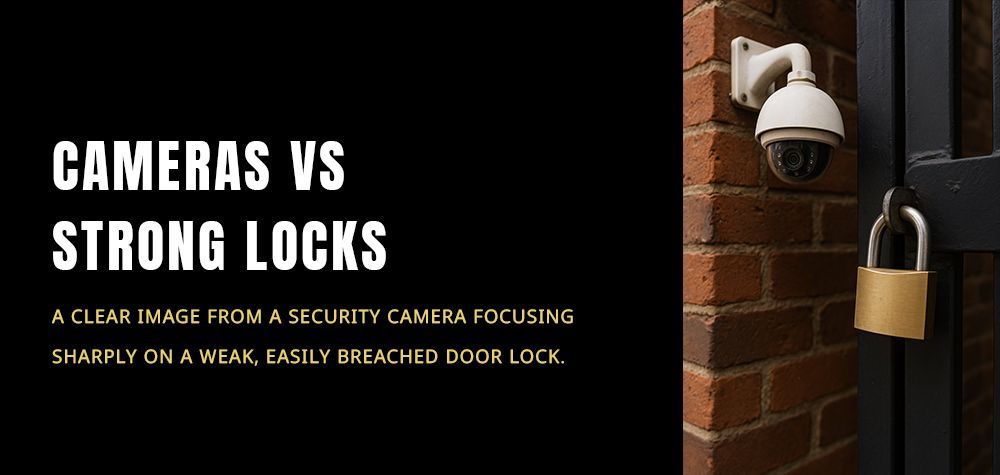How to Fix a Lockout on a Gun Safe: An In-Depth Guide
Experiencing a lockout on your gun safe can be frustrating and potentially dangerous if you need quick access to your firearms. Knowing how to troubleshoot and resolve the issue effectively is crucial for both security and convenience. This guide will provide a step-by-step approach to identifying the causes of a gun safe lockout, offering solutions, and preventing future incidents.
Common Causes of Gun Safe Lockouts
Several factors can cause a gun safe to become locked out. Here are the most common reasons:
1. Dead or Dying Batteries Gun safes with electronic or digital locks are often powered by batteries. If the batteries are weak or dead, the keypad may not function, leading to a lockout.
2. Forgotten Combination or Key Misplacing the combination or key is another common cause of a gun safe lockout. Even with advanced locking mechanisms, human error can prevent access.
3. Jammed Lock or Keypad Malfunction A jammed locking mechanism, often due to dirt or misalignment, can cause a safe lockout. Similarly, if the keypad malfunctions, it may fail to register the correct combination.
4. Broken Key or Damaged Keypad Inserting a broken key into the lock or using a keypad that is physically damaged can result in a lockout. Wear and tear over time may also cause this issue.
5. Lockout Mode Triggered Many electronic safes have a lockout mode for security, which activates after several incorrect combination attempts. This can prevent access even if you enter the correct combination afterward.
6. Mechanical Lock Malfunction Mechanical locks can sometimes become faulty due to internal wear, leading to lockouts despite entering the correct combination.
7. Environmental Damage Exposure to humidity, dust, or even extreme
temperatures can impact both electronic and mechanical locking systems, leading to a malfunction and potential lockout.
8. Lost Override Key Most gun safes come with an override key as a backup. If you lose this key, you may have no other means of unlocking the safe during an electronic failure.
Steps to Fix a Gun Safe Lockout
1. Check the Batteries
If your gun safe has an electronic lock, always start by checking the batteries. Open the battery compartment (usually located on the keypad) and replace the batteries with fresh ones. After replacing them, try entering the combination again.
2. Reset the Safe
Some electronic safes have a reset feature that allows you to regain access after replacing batteries or if the lockout mode has been triggered. Follow the manufacturer’s instructions to reset your gun safe.
3. Use the Override Key
If you’ve lost access due to a keypad malfunction or lockout mode, use the manual override key that came with your safe. This key will allow you to bypass the electronic lock and open the safe.
4. Check for Jammed or Misaligned Components
For safes with mechanical locks or bolt mechanisms, inspect the lock to see if it’s jammed. You may need to gently manipulate the handle or dial to free the jammed component. Applying a lubricant specifically designed for locks can help.
5. Contact the Manufacturer
If the issue persists or you’ve forgotten the combination, contact the manufacturer. They may have a master override code or a step-by-step guide for regaining access to the safe.
6. Call a Professional Locksmith
For more severe mechanical failures or broken keys, you may need to call a professional locksmith specializing in gun safes. A locksmith can often repair the safe without damaging it.
7. Avoid Forcing the Lock
Never attempt to force the lock open. This can cause irreparable damage to the locking mechanism or safe, making it even harder to open in the future.
Potential Risks of Not Addressing Gun Safe Lockouts Properly
Ignoring a gun safe lockout or attempting to force it open can lead to several issues:
- Damage to the Lock: Forcing the lock or using improper tools can cause permanent damage to the locking mechanism.
- Inaccessible Firearms: In a lockout, you may not be able to access your firearms when needed, especially in emergencies.
- Warranty Voids: Tampering with the lock or safe without following manufacturer guidelines may void any warranty you have on the safe.
Preventive Measures to Avoid Gun Safe Lockouts
1. Regular Maintenance
Regularly check the condition of the lock and keypad. Replace the batteries periodically to avoid battery-related lockouts. Clean mechanical locks to prevent jamming.
2. Backup Access
Keep your override key in a safe but accessible place. If your safe has a backup manual lock, ensure the key is stored separately from the gun safe.
3. Record the Combination
Store a copy of your combination in a secure location, or use a password manager app to store it digitally. Never share the combination unnecessarily.
4. Avoid Multiple Failed Attempts
Be cautious when entering your combination. Avoid multiple incorrect attempts, as this can trigger a lockout mode on electronic safes.
5. Environmental Protection
Place the safe in a location where it is protected from moisture and extreme temperatures. Consider investing in a dehumidifier if your safe is prone to moisture exposure.
6. Professional Inspection
Consider having your safe inspected by a locksmith or security expert every few years to ensure its functionality and security features are up-to-date.
Conclusion
A gun safe lockout can be an inconvenient and potentially dangerous situation if not addressed properly. Knowing the causes and solutions to a lockout is essential for maintaining both safety and security. By following the outlined steps and preventive measures, you can minimize the chances of a lockout and ensure quick access to your firearms when needed.
Call Us Any Time!


